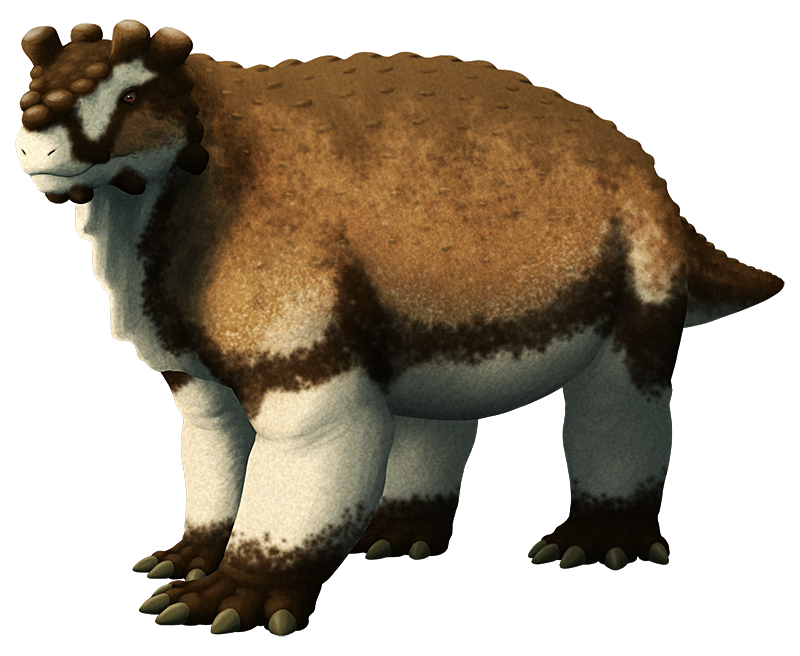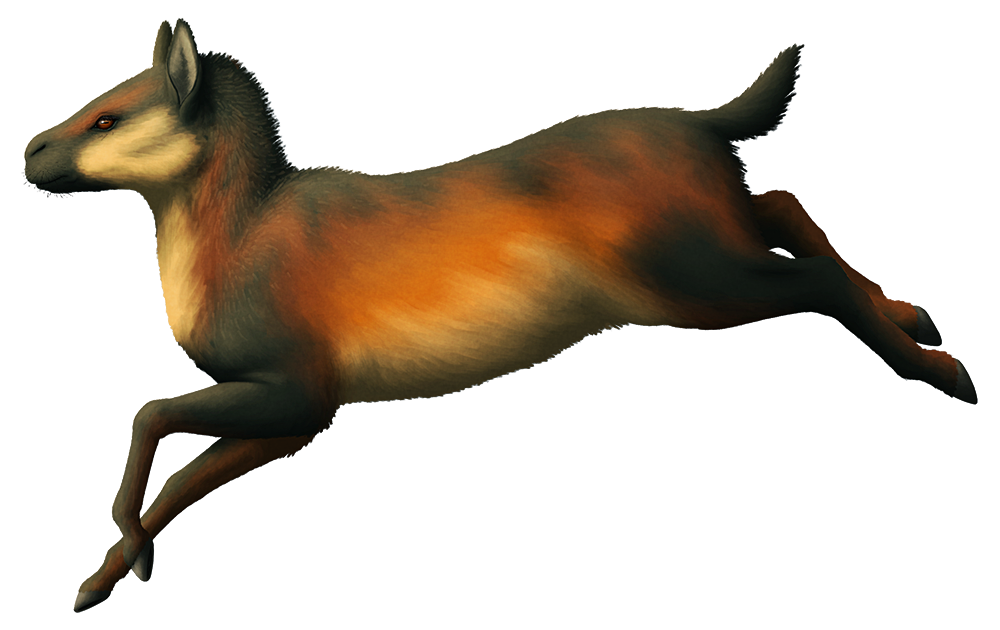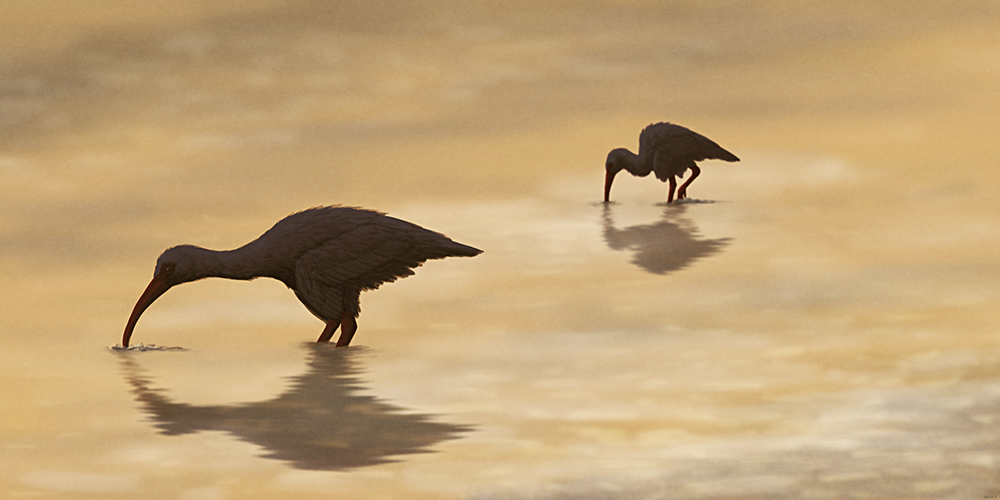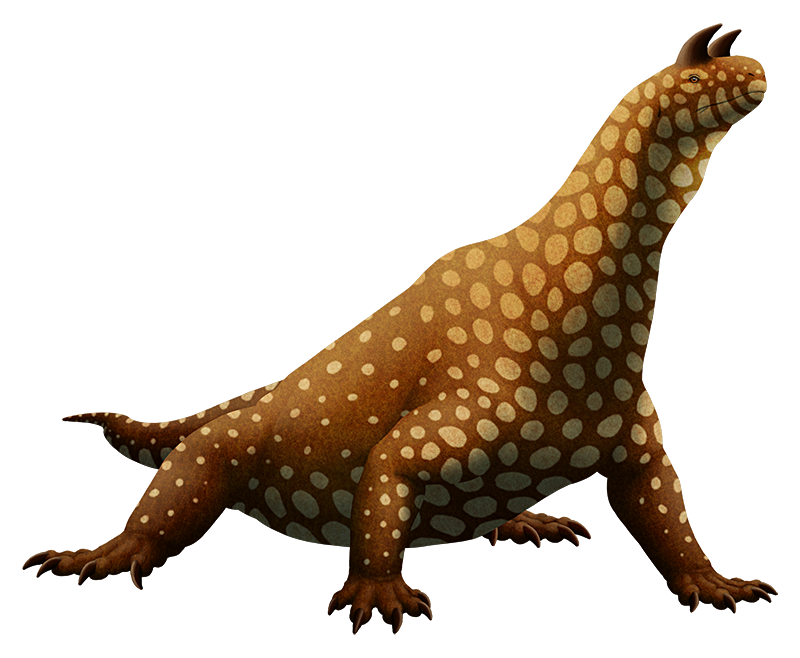Bunostegos akokanensis, from the Late Permian of Niger (~260 mya). About 2.5m long (8′2″), similar in size to a modern cow, it was a member of a group known as the pareiasaurs – stocky herbivorous reptile-relatives with osteoderm armor in their skin and knobbly bony nodules on their skulls.
The anatomy of its limb bones suggest it walked fully upright, with its legs held vertically under its body. This sort of posture has independently evolved multiple times in different tetrapod lineages, but Bunostegos is one of the earliest known examples.




